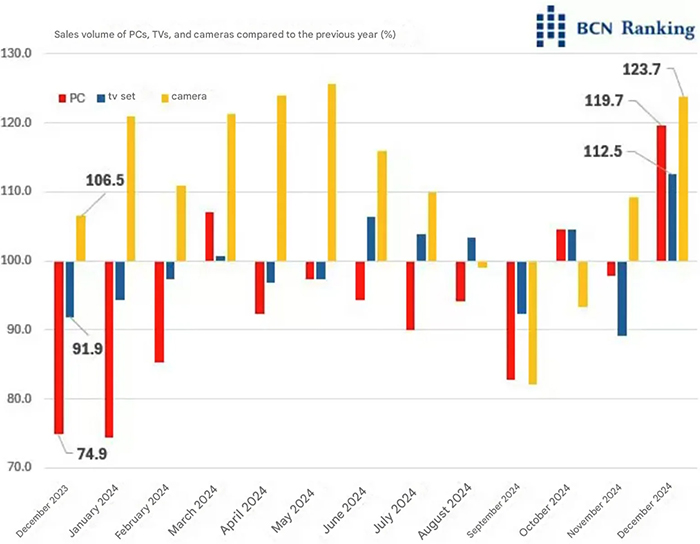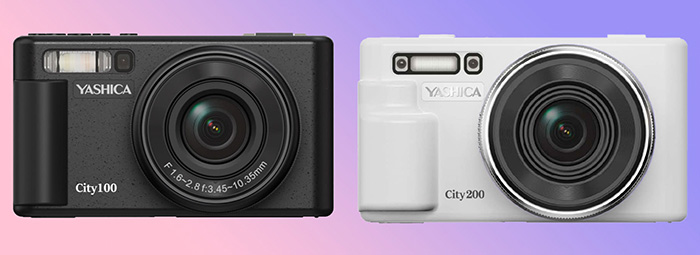BCN has reported a notable increase in camera sales for 2024

BCNranking collected the sales data from a majority of the Japanese stores. And there is really good news! BCN reports:
After losing a lot of sales during the COVID-19 pandemic, the camera market is recovering in the post-COVID era. December sales volume was 123.7% higher than the previous year, showing a booming performance. Unlike PCs and TVs, cameras generally increased year-on-year until around last summer. There were times in the early fall when sales fell significantly below the previous year’s level, but they regained momentum in November and December and significantly exceeded last year’s level. Compact cameras with built-in lenses showed particular growth. December sales volume was 132.7% higher than the previous year. Meanwhile, sales volume of interchangeable lens cameras, whose momentum has slowed due to rising unit prices, continued to fall below the previous year’s level since August, but in December it rose to 101.0%, slightly higher than the previous year.
Canon led the camera market overall in December with a 25.5% unit sales share. Sales volume increased significantly to 151.4% compared to the previous year. Fujifilm, in second place with a market share of 18.6%, maintained its good performance with a 107.3% increase compared to the previous year. Kenko Tokina, which rose to third place for the first time with a market share of 11.8%, also put up a strong performance with a 256.8% increase compared to the previous year. However, Kodak, with a market share of 10.4%, was affected and ended up below double digits at 89.7%. Sony, which remained in fifth place with a market share of 9.7%, also fell below the previous year to 92.4%.
As is often the case, we don’t receive detailed reports from markets like the US, China, or Europe, which is unfortunate. The key takeaway here is that Sony holds just a 9.7% market share. This is largely due to their absence from the growing affordable compact camera market, which is experiencing a boom right now. In contrast, companies like Kenko Tokina and Kodak had strong years, as both offer popular compact models


